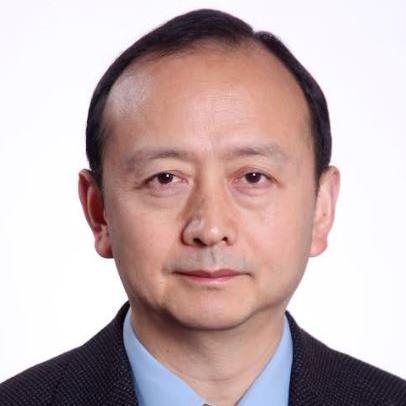On June 10, 2013, the PLA Navy’s hospital ship Ark Peace embarked on a 118-day voyage to eight Asian countries. Wherever it anchored, it provided free health checkups and treatment to the local population.
This is not the first time the Ark Peace has done this. In fact, more than 35,000 people in 17 countries have received medical service from the ship since 2010. This raises an interesting question: why would the Chinese navy provide such health care services?
A short answer is: it is about both image and interests. As a result of her growing comprehensive strength, including military strength, China is expected to provide more global public goods including security. And the PLA hopes that its proactive involvement will be considered an answer to the call of its international responsibilities.
China has her overseas interests to maintain, with her overseas investment totaling $500 billion, and over 20,000 Chinese enterprises and 1.2 million Chinese workers overseas. Chinese workers have been kidnapped in Sudan, Pakistan and Afghanistan, and Chinese enterprises were abandoned and Chinese nationals evacuated before the war in Libya in 2011. From time to time, Chinese ships passing through the Gulf of Aden and Gulf of Guinea have been the victims of piracy. When these incidents occurred, people asked: “where is the PLA?”
“Going out” is now a buzz word in the PLA. Its extensive and diversified activities in international arenas could be anything ranging from multilateral exercises, strategic consultations and humanitarian aid, to disaster relief, peacekeeping or training Africans in demining.
Today China is the largest troop and police contributor among the five permanent members of the UN Security Council. In international humanitarian aid missions, the PLA’s international rescue teams are often among the first to arrive. In the Gulf of Aden, the PLA has escorted more ships than any other independent deploying countries such as India, Japan, Russia and ROK. In 2010, the PLA sent a medical team to earthquake-stricken Haiti, a country that has yet to establish formal diplomatic ties with China.
The PLA describes itself as “troops of peace” and “troops of justice,” and would not unsheathe its saber hastily. Among the permanent members of the UN Security Council, China is the only country that hasn’t had a war for over three decades. The Sino-Indian border has remained peaceful for half a century thanks to joint efforts from both sides. In the dispute between China and Japan over Diaoyu Islands, the PLA has demonstrated utmost restraint. In the maritime dispute between China and the Philippines, it is the Philippine navy that repeatedly fired upon and killed Chinese fishermen and not a single bullet has been fired from the Chinese side.
The PLA is not interested in “humanitarian intervention.” The PLA’s global projection, albeit active, is selective. So far the PLA’s international assignments are basically confined to addressing non-traditional security threats and providing humanitarian aid and disaster relief. In this way it purposefully distances itself from any type of western interventionism. The last thing that the PLA wants is to be seen as “world police” or standing together with “world police.”
But this doesn’t suggest that it cannot cooperate with the west in commonly agreed areas. For example, in the Gulf of Aden, the Chinese task force has worked in tandem with EU naval force in escorting ships of the World Food Program. It has had joint exercises with the US and Russian navies, it shares its medical resources with navies from over twenty countries in fighting piracy, and it is even discussing the technical possibility of mutual refueling with the EU and NATO.
The PLA has been trying its best to meet its global commitments. Meanwhile, national defense is still a priority as some territorial disputes with neighboring countries have recently intensified, and China remains a divided country with Taiwan not reunified. The PLA also has a role in “national development” ranging from planting trees to curb deforestation to disaster relief and maintaining social stability. Although the Chinese military is growing, the PLA believes that it can only realize full modernization by mid-century.
As laid down in the Constitution of the People’s Republic of China, the PLA must “work hard to serve the people.” In the 21st century, the PLA will not only serve the Chinese people, but all people of the world through its commitment to the international community.
And this is good news for the world.
Zhou Bo is an honorary fellow with the Center of China-American Defense Relations, Academy of Military Science.
